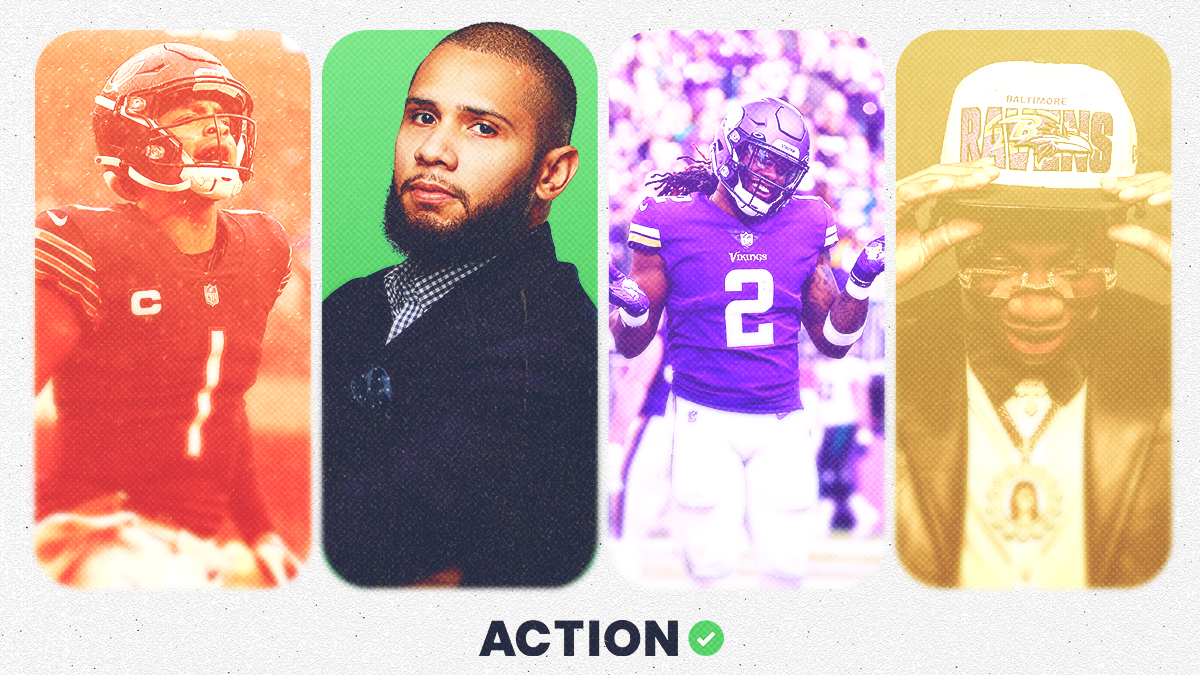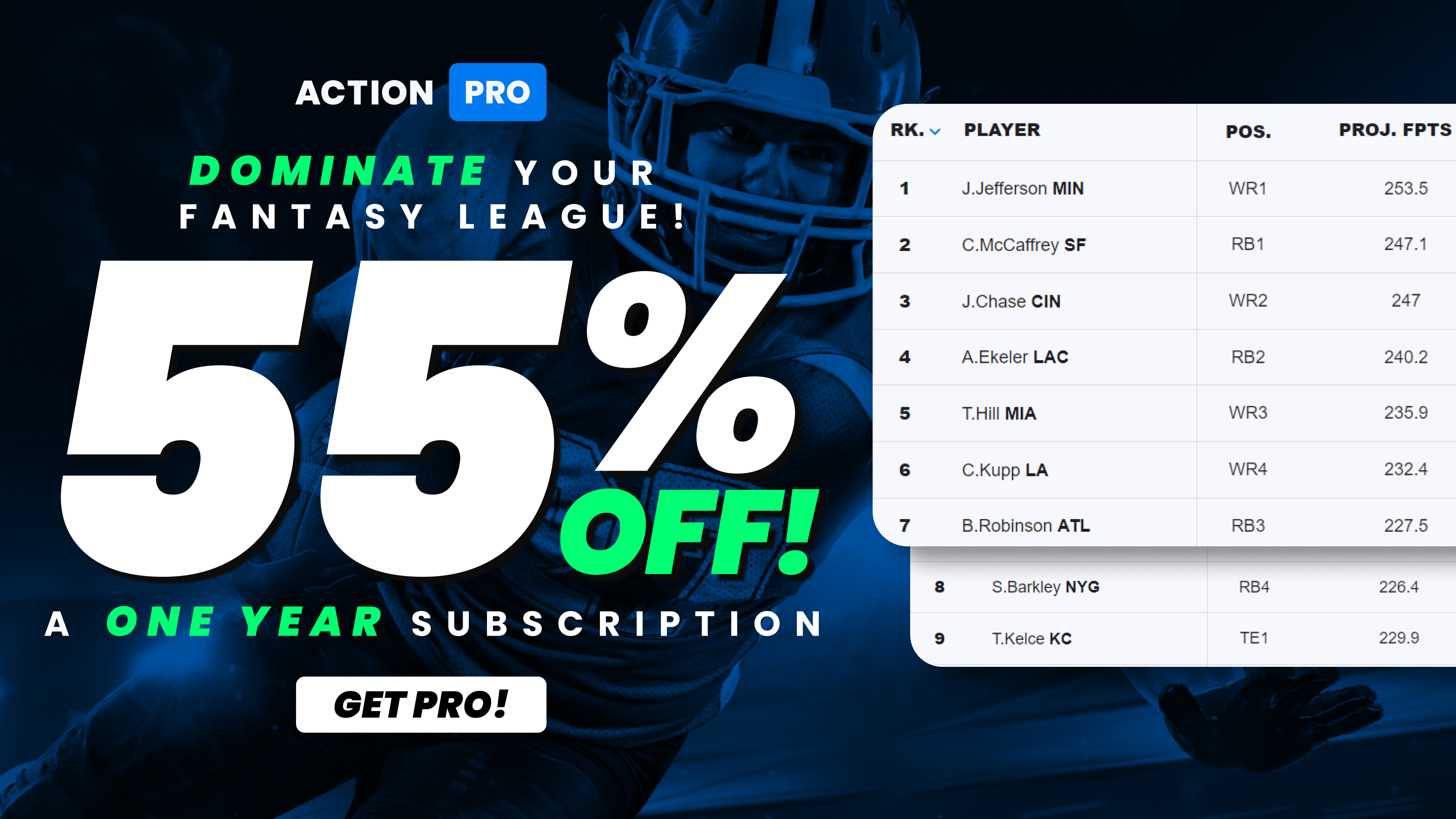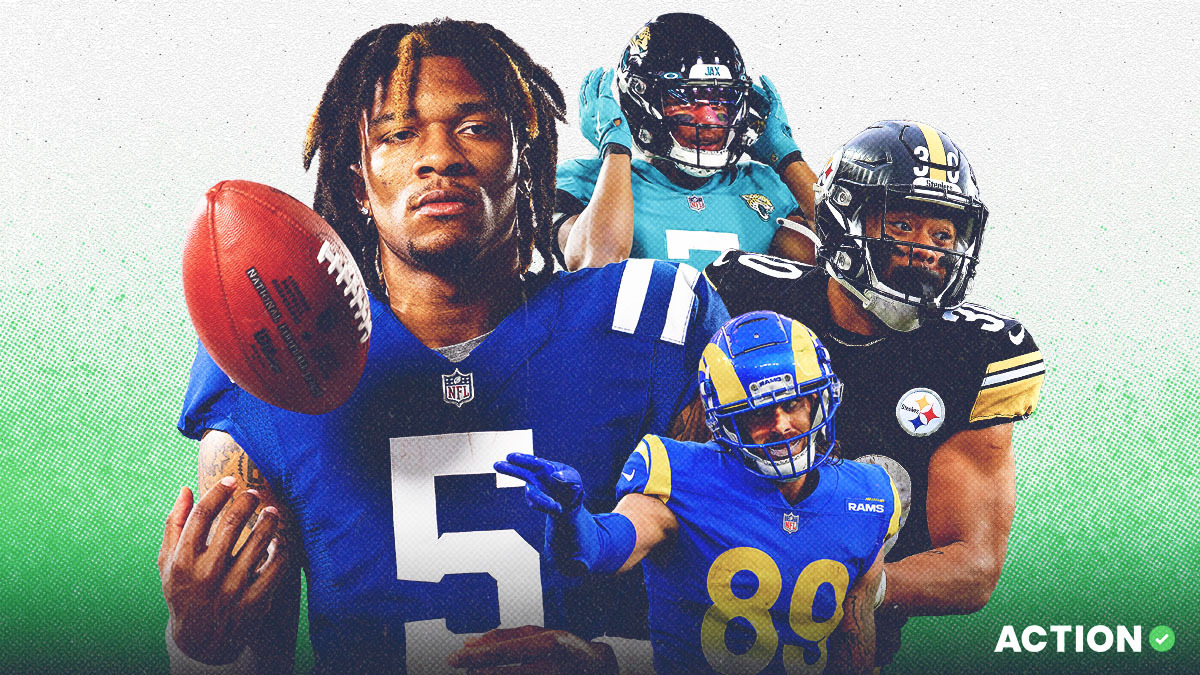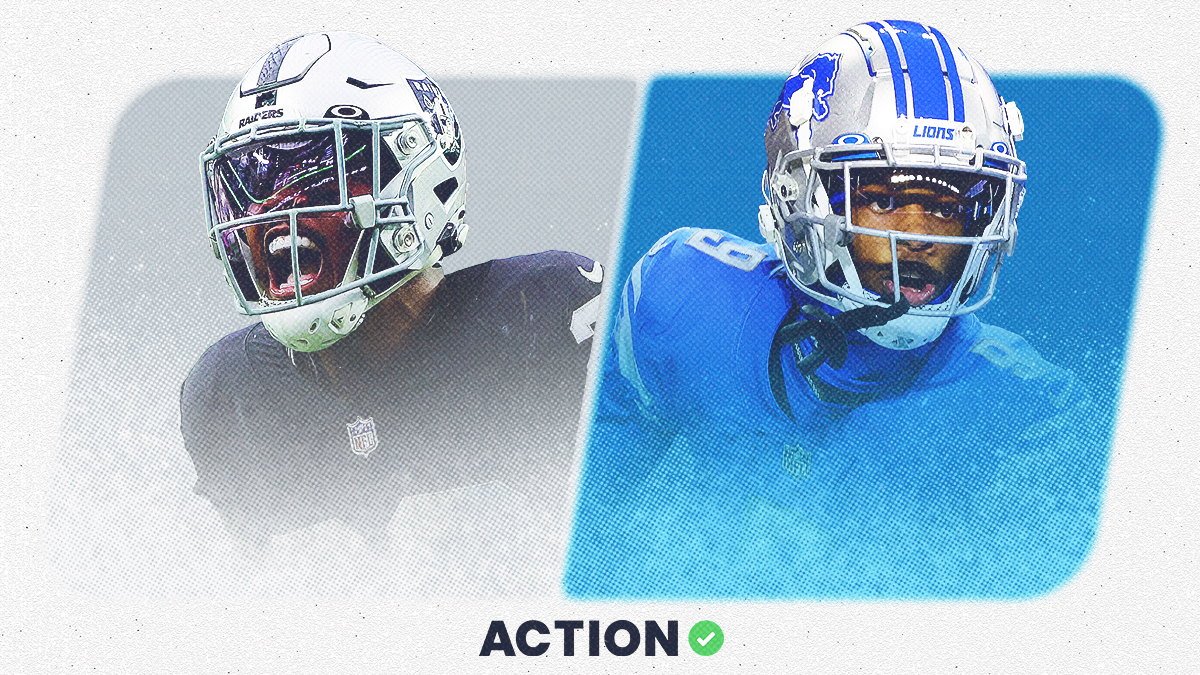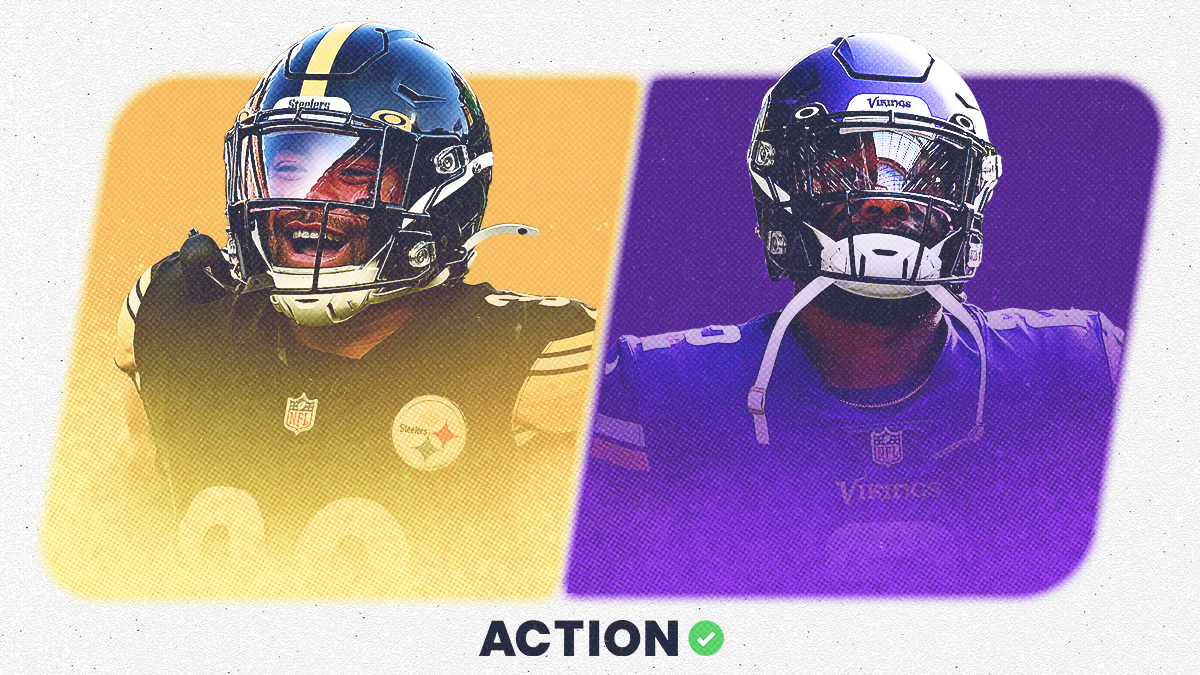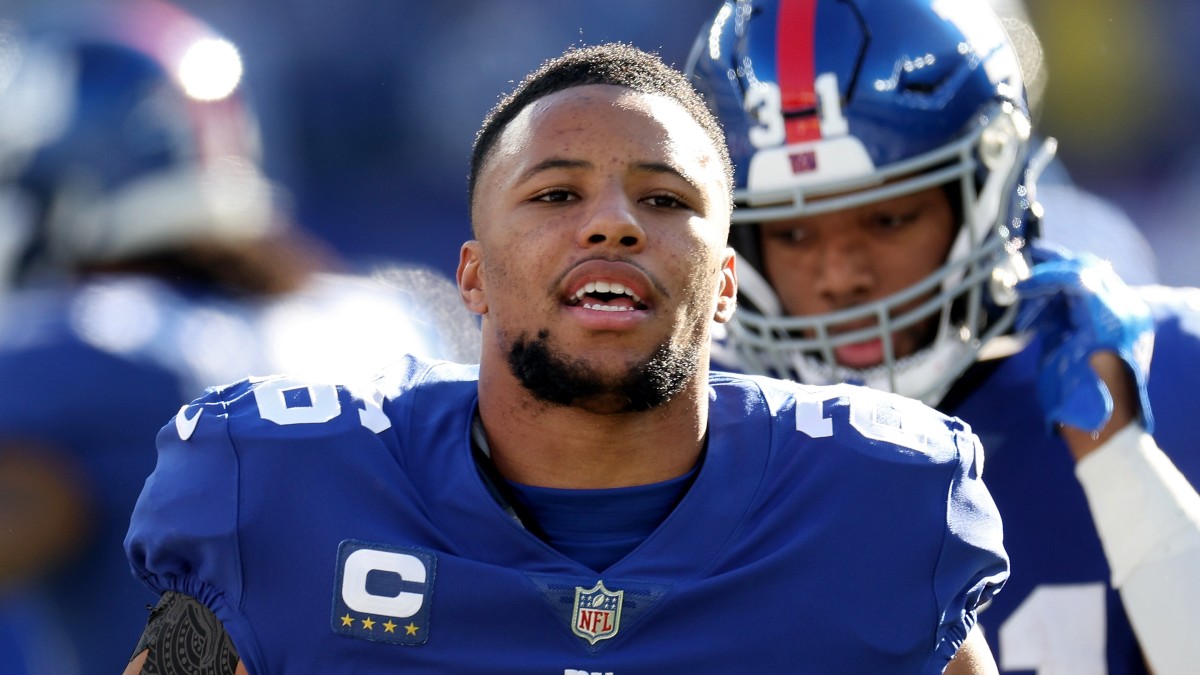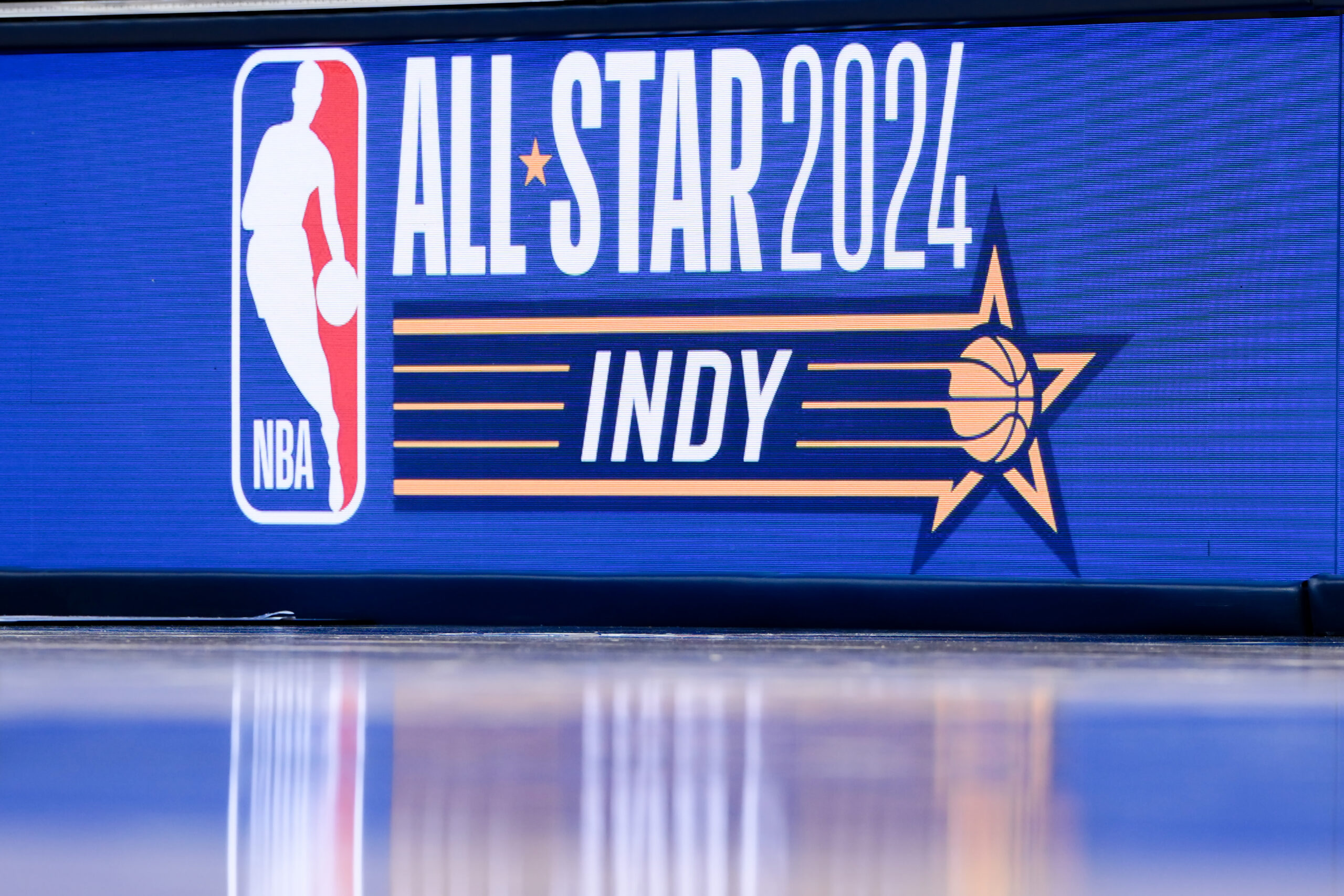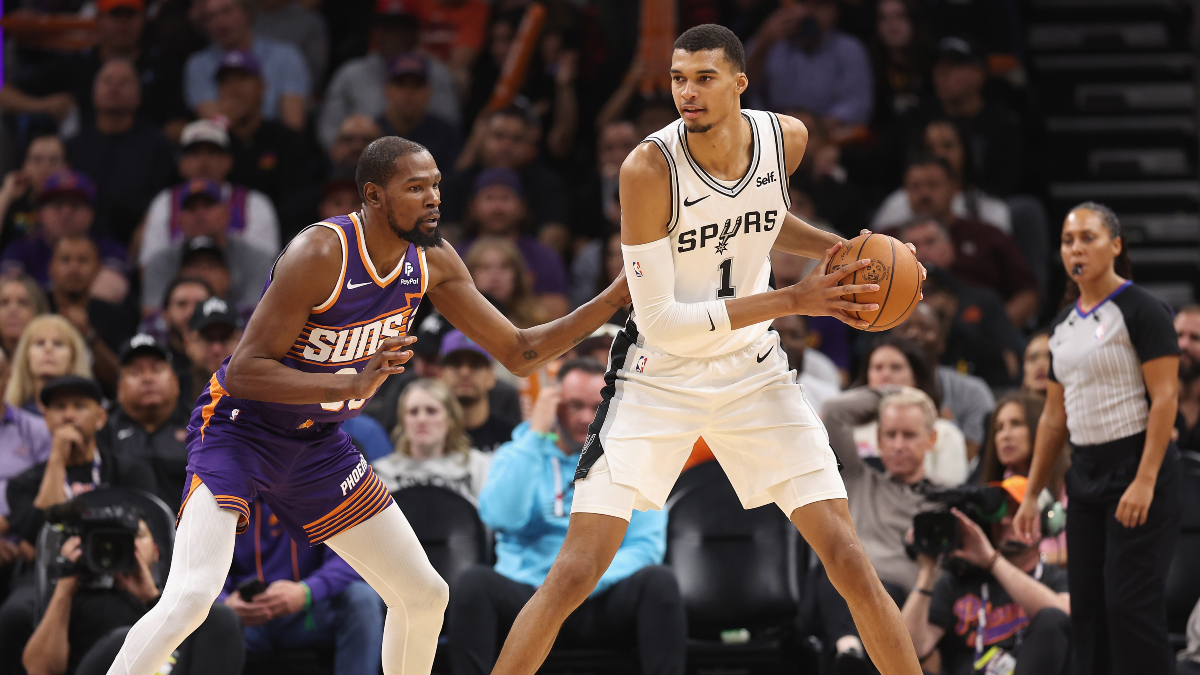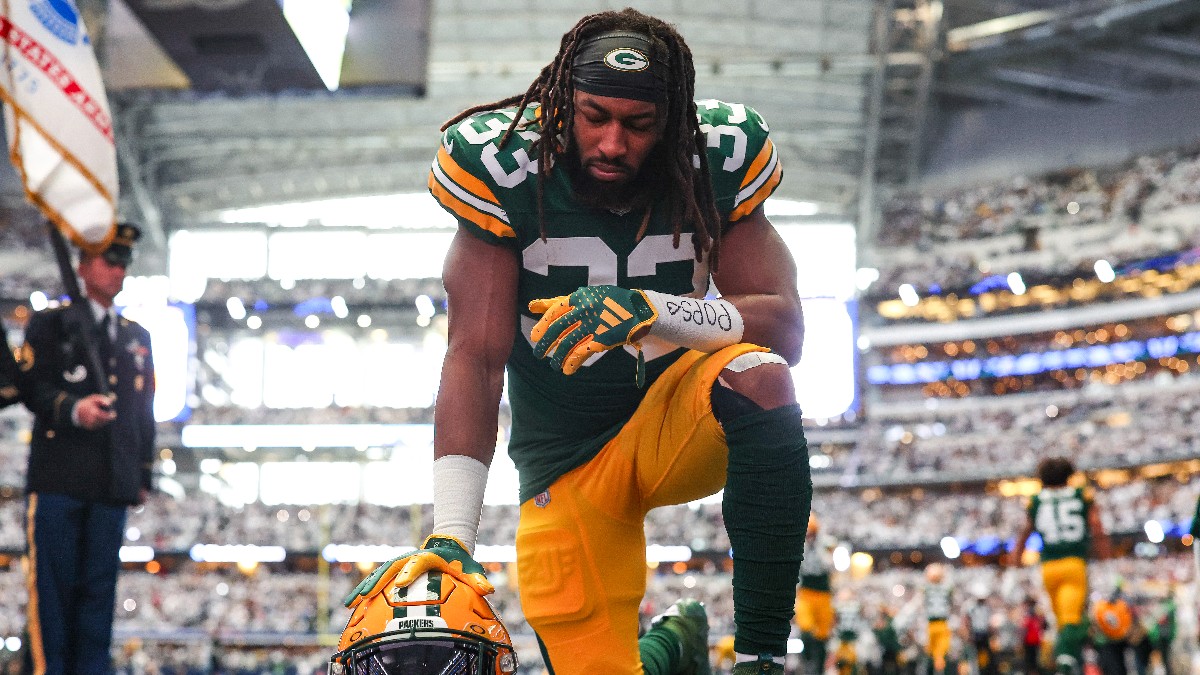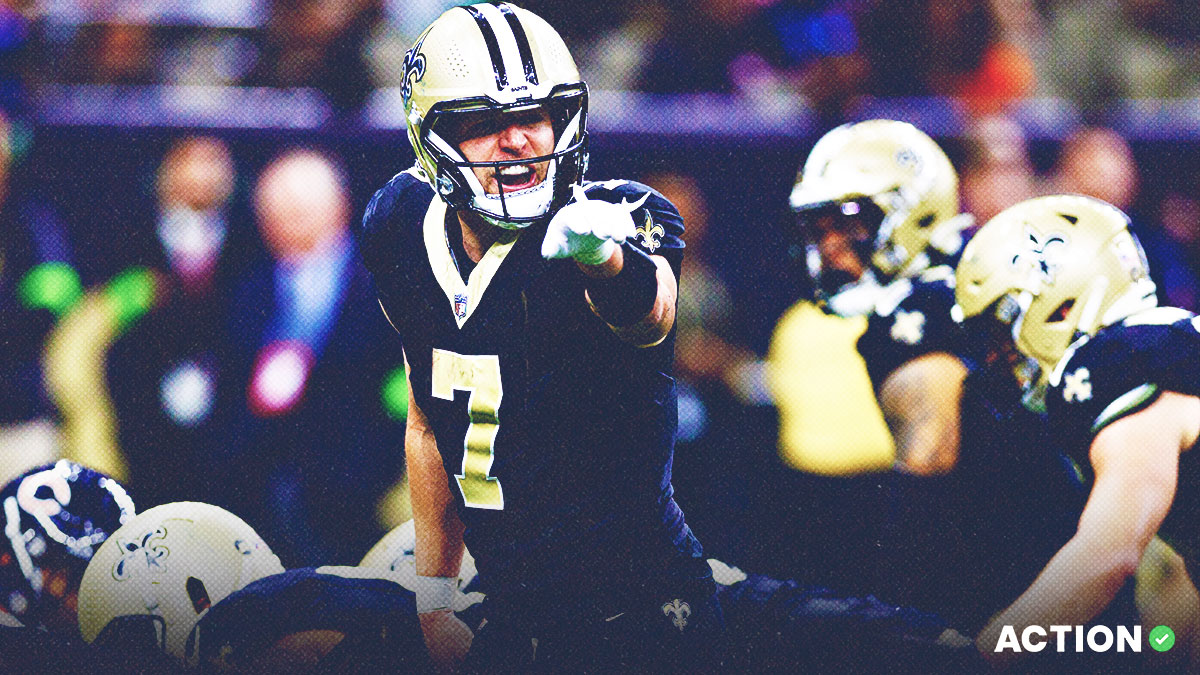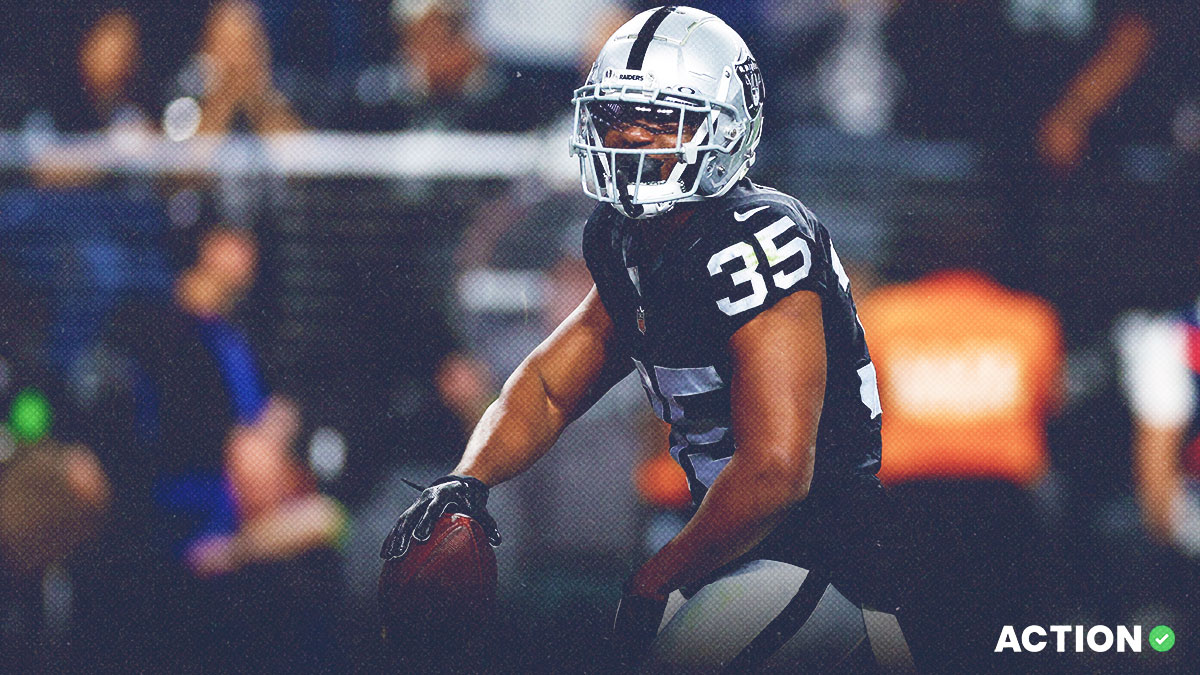The perfect fantasy football strategy is all about how to best maximize your team's weekly ceiling and floor. Part of that is simply picking the right players – and you can check out my projections and rankings for that – but fantasy football draft strategy and roster construction also play a big role. That’s what this is about.
(Note: This applies to traditional redraft formats that start one QB, are 10 or 12 teams, and use half or full PPR scoring.)
QB Strategy: Early/Mid-Round QB > Late-Round QB
Late-round QB was fun while it lasted, but no QB with an ADP outside the top 12 has posted a top-four finish since 2019. The mean ADP of a top-four fantasy QB has risen in each of the past three seasons, going from outside the top 12 to inside the top five.
- 2019: 13.3
- 2020: 8.0
- 2021: 5.0
- 2022: 3.5
This doesn't mean you can't put together a championship team without a stud QB, but it's difficult. For instance, only 32.5% of championship teams at ESPN last season didn't have one of the top four QBs (Patrick Mahomes, Josh Allen, Jalen Hurts and Joe Burrow).
Given the limited number of every-down workhorse RBs, the general lack of durability of the RB position as a whole, and the fact that as few as one team may have a true difference-maker at TE (Travis Kelce), drafting a stud QB is one of the few reliable ways to give yourself an advantage.
My ideal stud QB target is Jalen Hurts because I have him ranked QB1 and he typically goes off the board after Patrick Mahomes and Josh Allen. If I don't get one of the top three, Justin Fields is my ideal target because he's capable of putting up similar numbers to Hurts, Allen, and Lamar Jackson but tends to go off the board at QB7.
Justin Herbert is also intriguing due to the hiring of Kellen Moore at offensive coordinator. The Chargers will likely be the league's fastest-paced and most aggressive pass offense. Dak Prescott averaged 321.8 passing yards per game in Moore's first two seasons as offensive coordinator in Dallas, and Herbert has everything in place to put up similar totals.
Trevor Lawrence is a poor man's Herbert or Burrow in terms of upside. The talent is there and his receiving corps is similarly stacked, but the offensive line isn't as good and the track record doesn't measure up, so it's more of a projection.
After Lawrence, I think the chance of finding a league-winning type performance drops precipitously. Dak Prescott has a high floor, but his ceiling was higher under Moore and when the Cowboys defense wasn't as good. Deshaun Watson has the dual-threat ability to post a top-four season, but he doesn't have quite the rushing upside as the top QBs and his passing upside is in question after last season. My top target if I miss out on the top-eight QBs is Daniel Jones. The addition of Darren Waller and an improved receiving corps in general gives him a shot to greatly improve on his passing numbers. We've also seen him post big passing games in the past; he has eight career 300-yard games and three games with four or more TD passes.
Anthony Richardson is another favorite late-round target of mine for value, but expectations of returning true, league-winning upside in Year 1 have to be tempered. The last top-five fantasy seasons posted by a rookie QB were Robert Griffin III in 2012 and Cam Newton in 2011, and that was back when there wasn't as much competition at the top from other dual-threat QBs.
RB strategy: Hero RB or Zero RB
This is a great year to employ the Hero RB or Zero RB strategy.
Investing into RBs with early picks has more downside than other positions due to RBs' increased injury risk. RBs typically miss 2-4 games per season while other positions typically miss 0-2 games. That makes RB the most likely position to see players drafted as starters not finish as such, and players drafted as backups finish as starters.
The upside of having a stud RB who does stay healthy is worth investing in one if the value falls that way early, but I'm not willing to invest more than one of my top-five picks into an RB.
To get a sense of how to find league-winning upside below ADP, I looked at RBs and WRs which finished in the top six at their position and also beat their positional ADP by at least six spots since 2014. Nearly half (43%) of such RBs were drafted outside the top 20 RBs, but only 30% of such WRs were drafted outside the top 20 WRs. RBs drafted outside the top 30 accounted for 21% of such RBs while WRs drafted outside the top 30 accounted for only 9% of such WRs.
Youth is also a good indicator of league-winning upside at RB, as 79% of such RBs were 26 or younger and 93% were 28 or younger. One player who really sticks out as a potential league winner is Alexander Mattison. Mattison is 25, has little tread on his tires, and is set to inherit a role that saw Dalvin Cook handle 17.8 touches per game last season. If a free agent is brought in, it will almost certainly be to handle no more than the Mattison role from role season (5.2 touches, 25% snaps), making Mattison one of the league's best bets for a workhorse role despite often going outside the top 20 at RB. Mattison could be this year's Josh Jacobs.
Dameon Pierce (23) and James Cook (24) are a couple of other potential league-winning RBs. Both Year 2 runners have the talent to force their veteran backups — Devin Singletary and Damien Harris/Latavius Murray, respectively — into more minimal roles than expected heading into the season.
One thing working in favor of going full-on Zero RB: RB1s are coming off an outlier year of good injury luck and are likely to miss a lot more games this season. Last season, the top 12 RBs in ADP averaged just 1.3 missed games. From 2014-21, RBs with a top-12 ADP missed an average of 3.5 games per season despite all but one of those seasons featuring 16 games instead of 17.
WR strategy: 3-4 in First Six Rounds
It's tough to find league-winning upside outside of the top 30 or so WRs, so I always want to have at least three by the end of six rounds. It's unlikely value falls in such a way that I end up with a stud QB, RB and TE in Rounds 1-3, but if that does happen I'm fine with waiting until Round 4 to select my first WR. WRs typically available in Round 4 include Calvin Ridley, Keenan Allen, and Amari Cooper, and WRs typically available in Round 6 include Tyler Lockett, Terry McLaurin, Mike Williams, Brandon Aiyuk, Drake London, and George Pickens.
In most cases, I like to end up with four WRs in the top 35, right before the top rookies — Jaxon Smith-Njigba and Jordan Addison — are drafted. Rookie WRs can be good values, but they typically don't produce high-end WR1 upside in Year 1. That's unlikely to change this season, as Smith-Njigba is competing for targets with DK Metcalf and Tyler Lockett while Addison is on the same team as Justin Jefferson. The same is true of Quentin Johnston, who has to compete with Keenan Allen, Mike Williams and Austin Ekeler for looks.
I see Zay Flowers as the highest-upside rookie WR. While overtaking Mark Andrews is a long shot, Flowers has a realistic chance of becoming the Ravens WR1 as soon as this year given Odell Beckham's age and the injury history of Beckham and Rashod Bateman.
Among non-rookies, my top WR4 targets are Jahan Dotson and Brandin Cooks. Dotson is a classic Year 2 breakout candidate after averaging 4.2/68.8/0.60 over his last five games. Cooks figures to be the No. 2 option in one of the league's better pass offenses.
Other undervalued WRs I'm targeting late are Michael Gallup, Zay Jones and Joshua Palmer. I also like taking fliers on rookies Jalin Hyatt, Rashee Rice, Jonathan Mingo, Tank Dell, Jayden Reed and Trey Palmer.
TE strategy: Target a Stud
Last season, Kelce outscored the TE2 by more than 100 points in full PPR and nearly 90 points in half-PPR. Kelce is a top player to target with a mid-first-round pick.
The TE with the best chance of unseating Kelce is Mark Andrews, who should bounce back in a Todd Monken offense that should be a lot more pass-heavy than it has been with Greg Roman coordinating.
If I miss out on Kelce and Andrews, I'm playing the board and hoping someone between Hockensen and David Njoku/Pat Freiermuth falls to me below ADP. My ideal target is Darren Waller, who is the only other TE besides Kelce and Andrews who is expected to be his team's No. 1 target.
If I miss out on all of those, I'm hoping to land Dalton Kincaid. The Bills plan to use Kincaid as a slot receiver, so he could see a similar amount of usage to many of the other top TEs even if Dawson Knox's role doesn't change much.
Jake Ferguson is also sneaky. Dalton Schultz posted top-12 seasons in each of the past three years in Dallas — including a TE3 finish in 2021 — and Ferguson is in line to take over Schultz's old role.
Bench strategy: Load Up on RBs, No Backup QBs or TEs
There is no need to draft a backup QB or TE given the surplus in leagues that only start one each, and there is WR value to be had at every part of the draft, so RB is the priority.
The ideal bench RBs are those which would have RB1 upside if the starter went down and have enough of a role to provide standalone FLEX value during the bye-week crunch. Some of my top targets are Tyler Allgeier, Zach Charbonnet, Samaje Perine, Jaylen Warren and Tank Bigsby
D/ST & Kickers: Draft Them Last (Or Not at All), Prioritize Week 1 D/ST Matchup
The surplus at these positions means you should always take them last; a late-round hit at RB or WR is going to be worth more over the long term than being one of the first to select a D/ST or kicker. If your league allows it, I would recommend not drafting a D/ST or kicker at all and instead waiting until the last possible minute to pick up the top streaming options while using the two extra spots to stash RBs who could come into value due to a practice injury or other roster move leading up to Week 1.
The top D/STs to draft don't always align with season-long rankings because you always want to play matchups. The ideal D/ST is one with a string of good matchups to start the season. D/STs going in the top 12 with tough Week 1 matchups like the Jets (vs. BUF), Patriots (vs. PHI), Dolphins (at LAC), Steelers (vs. SF), and Chiefs (vs. DET) as teams that start the year with a couple of good matchups, such as the Broncos (LV, WAS) or Commanders (ARI, at DEN).
You can usually be the last to select a D/ST and still get the Commanders, which have arguably the top matchup in the league in Week 1 at home against the Cardinals, making them my preferred D/ST.
Kicker value depends more on the skill of the kicker and his offense than matchup alone, so I would prioritize kicker over D/ST.


